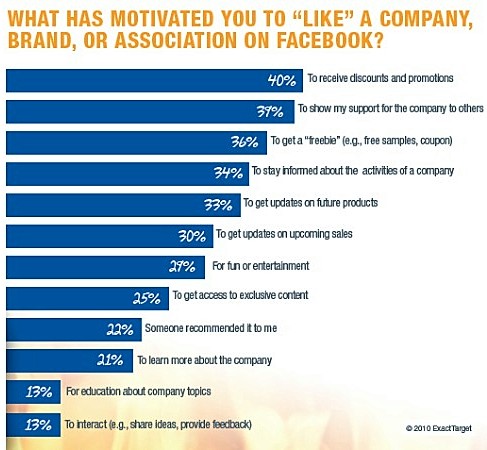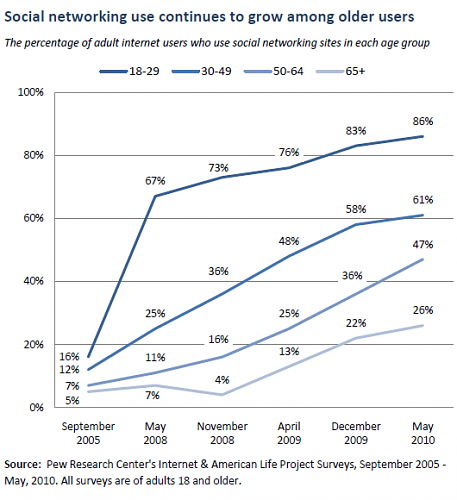Evolution by Revolution – a phrase or a case?

CFalk / pixelio.de
The phrase is one of these thesis I use for educational courses to discuss and leverage a modern social web world approach with C-level management teams in Europe. I have used it in many seminar or webinars when I was talking about the change management challenges that the Social Web, Social Networks and Social Media bring to live these days.
In the past of human kind, revolutions were often a way for the lower class or segments/departments in an organization to state their case. For them, the challenge to be heard, to get access to the higher education, to have enough food or to benefit from any other kind of wellness or upper (business) lifestyle was often only accessable by a revolution. Revolutions cost money. Revolutions are tough. Revolutions sometimes make sacrifices. Revolutions change habits, perspectives and … business objectives. And revolutions always happened publicly – via newspapers, magazines or even flyers in the streets.
Today revolutions spread faster. In our social web world today, the traditional print media opportunities are added (or replaced?) by new media formats that every individual can use to state their case. And sometimes it “pisses people off” as Adam would have put it. But it makes the case of the unhappy, unsatisfied and underdogs. Suddenly, somebody writes something that is not mainstream, not the evolution strategy of the leadership but becomes the new revolutionary fruits of growth for the management if these people listen, communicate and collaborate, if they pay attention – whether it be the clients, the partners or even employees that start the revolution.
Their voice might be found on all kinds of platforms, in a tiny revolutionary statement in a blog post, a comment in a LinkedIn group (think about the impact for B2B business) or in a Facebook fanpage. Think about it! No! Think about it! Rest…
Some companies put all their PR & marketing budgets in the effciency of search marketing but then forget about the power of blog posts, and what it could do to them. They don’t think of it as negative cases. Think positive! Think ahead! Think about how to leverage the power of social options!
Spot On!
This modern world of communication is all about humans – the past, the present and the future. Evolution follows every revolution (…in my eyes). Consumer or end user buzz for positive and negative business impact always starts an evolution whilst being embraced as revolution first. It changes the mindset. And evolutions can be positive and negative. It needs to be seen as a turn around opportunity, as a business review option, and as a way to think ahead to prevent revolutions.
“Evolution by Revolution” is a (business) challenge – not a phrase! C-level management should forget that… That’s my case!
What’s yours on this topic…?

 The latest
The latest  About two years ago, I have written about the World Economic Forum and your open social web-strategy. How do you think about your approach in 2008 today?
About two years ago, I have written about the World Economic Forum and your open social web-strategy. How do you think about your approach in 2008 today?





